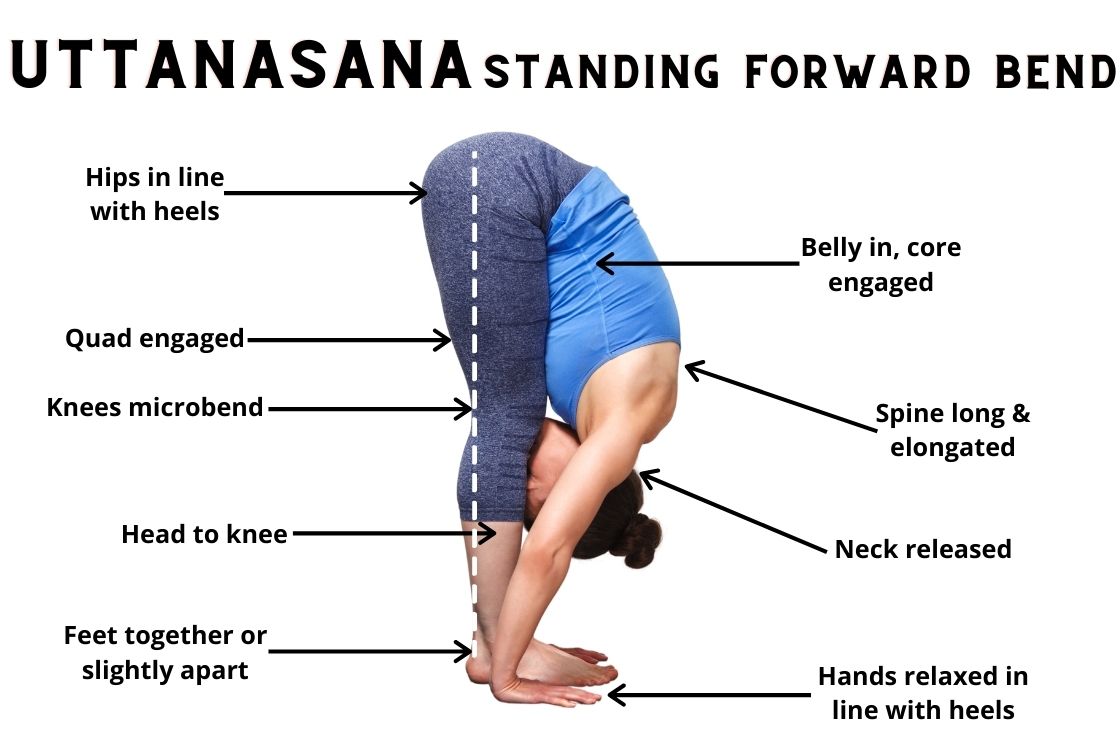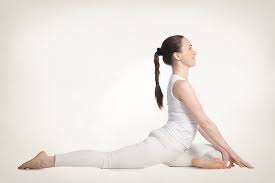Ardha Badh Padma Padangusthanasna (Also a Half Lotus Tip Toe Pose)
Ardha Badh Padma Padangusthanasna comes from the Sanskrit words “Ardha Badh Padma” means “Half Lotus”, “Padangusthan” means “Tip Toe” and “asana” means “pose”. It is basically a toe balancing pose. One is hip is in external rotation, as a part of the pose. The pose will challenge the strength and flexibility of your knees, ankle joints, and the hips. You will be able to improve the balance of your body, if you practice this asana on a regular basis. On a spiritual level, the pose can help to calm the mind and bring about stillness. You can hold the pose for a long time, if you keep the eyes closed.

How To Do It?
⦁ You start, by standing straight with the feet together.
⦁ Inhale and squat on your toes, and sit by balancing the body for a few breaths. Then, you have to slowly place the right foot on the left thigh, close to left joint, while bending the right knee. Place the palms in Namaste, close to the heart, and balance the body on the left toes ensuring that the breathing is slow, and deep.
⦁ Release yourself from Ardha Baddha Padma Padangusthasana or otherwise called Padangusthasana, and repeat with the left foot on the right thigh close to the hip joint, while balancing the body on the right toes.
Benefits
⦁ If you practice this asana on a regular basis, the inner groin muscles and the hamstrings will get a good stretch. The quadriceps and the foot muscles also get a good stretch.
⦁ It is a moderately designed hip opener pose. It makes your body more challengabel for any yoga poses.
⦁ It will help you to increase your focus and confidence. With practice, you can adjust the position of your hips, in a far better manner.
⦁ This asana helps to de-stress and energize the body, to a huge extent.
⦁ The channels also get cleared, so that ‘Prana’ can flow through them.
⦁ It also stimulates the organs, in the pelvis and abdomen. The digestive system and reproductive system, benefit from this asana.
Contraindications
⦁ If you have suffered knee or ankle injuries recently, then you must not practice this asana.
⦁ All those who have weak hips, knees, and ankles, must avoid practicing this pose.
⦁ If you have Vertigo, then you must avoid this asana.
⦁ The asana is not for aged people and pregnant women.
⦁ All those who are not proficient in establishing body-breath awareness, must not do the asana.
some of our courses :- 200 hour yoga teacher training in rishikesh , 300 hour yoga teacher training in rishikesh , yoga retreat in rishikesh





